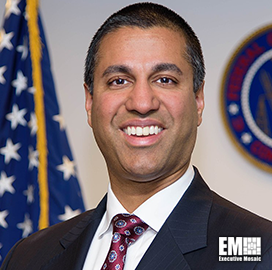The Federal Communications Commission (FCC) has identified telecommunications carriers and their affiliates that have reported using equipment and services from Huawei and ZTE in their networks and found that removing or replacing those equipment could cost all identified service providers about $1.8 billion.
Carriers that appear to be eligible for reimbursement under the Secure and Trusted Communications Network Act of 2019 said that eliminating or replacing those equipment from the two Chinese firms could cost about $1.62B, FCC said Friday.
“By identifying the presence of insecure equipment and services in our networks, we can now work to ensure that these networks—especially those of small and rural carriers—rely on infrastructure from trusted vendors,” said FCC Chairman Ajit Pai.
“I once again strongly urge Congress to appropriate funding to reimburse carriers for replacing any equipment or services determined to be a national security threat so that we can protect our networks and the myriad parts of our economy and society that rely upon them,” Pai added.
FCC issued an order in November 2019 to ban the use of the Universal Service Fund to buy any communications equipment or services from companies that pose a national security threat, such as Huawei and ZTE.
The commission’s office of economics and analytics and wireline competition bureau started the supply chain data collection effort in February.






